When developers work on correct optimization of the website performance, they need to know how the end-user will use it.
Usability testing is a special kind of testing the software performance that evaluates how effectively users can solve some issues (in external site structure).
Further, we will talk about the 17 best tools for usability testing. With these actual products, one can execute tests for any visual functionality.
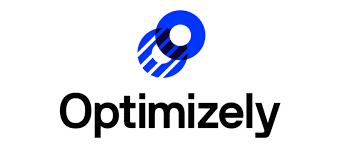
Optimizely logo
#1 Optimizely
Optimizely is a cross-functional A/B platform where users can monitor the traffic statistics and conversion based on functionality blocks.
This tool has many useful functions and features such as:
- Cross browser testing;
- Mobile software testing:
- Geotargeting;
- User segmentation;
- Multivariate testing.
Of course, the platform has both free and paid functionality (for this you have to pay for a corporate plan at current prices).
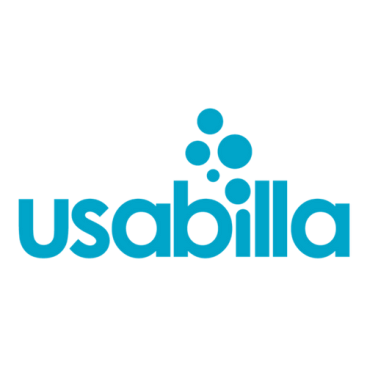
Usabilla logo
#2 Usabilla
This is a relevant tool for the usability test. It can collect user feedback from real people who execute testing. The platform allows forming a group of people who give real information about the positive things on a particular website; and what should be worked on.
Its advantages are the following:
- Website heatmap;
- Quick feedback from test group;
- Creating a questionary for the test group.

Usability Hub logo
#3 Usability Hub
This is another useful online tool for web product testing performed by real people. Unfortunately, there is no free version. But you can use some free tests that analyze the usability level of the developed software.
Obviously, with Usability Hub you can track the user actions on the site, record these actions, and watch areas where they made mistakes.
This platform has such functions:
- Five Second Test: for designers;
- Nav Flow: analysis of conversion cratered error;
- Click Test: testing the number of clicks on the landing page.
These functions and parameters give all the necessary information for improving the quality and usability of the website. Whereas, this helps to attract new users.

Userbrain logo
#4 Userbrain
This is a tool for remote usability testing. It is an easy-to-use product that can quickly and qualitatively test the website with the help of real users.
You can watch videos made by your site visitors, and listen to what they think about it. It allows you to find bugs, problems, and complex fields. You can improve your site performance all the time and collect the best tools for users due to weekly automated tests.
Its key advantages are:
- Testing on a large number of devices;
- Capability to make an unbounded list of test cases that will be executed by the users from the test group.
This tool is available for $14 for each user test (of course, there is a free trial period). Besides, there is no need to hire new people, since you get access to the group of 15 000+ testers from across the world.

Crazyegg logo
#5 Crazyegg
Crazyegg is a well-known tool for visual optimization analysis. It allows tracking the user’s actions based on mouse clicks. Also, it is possible to get feedback in real-time.
Its peculiarities are:
- Heatmap – the map showing the pages where a user clicks;
- Scroll map that shows how far a user scrolls down the page;
- Confetti is a comprehensive data about search systems where the site under test is indexed.
Users get a free 30-day trial without a need to buy a paid account. The cheapest tariff plan starts from $9 per month.

Chalkmark logo
#6 Chalkmark
On this platform, one can invoke a task execution for a test group that must evaluate the software functionality.
On the base of such tests, specialists make an analytic heatmap (indicating where users click), and a report (specifying an average time needed for completion of activity).
Its basic features are:
- Making tasks and user roles for connected users;
- Writing analytical reports;
- Information architecture;
- Taking images with comprehensive analytical data (so-called user heatmap).
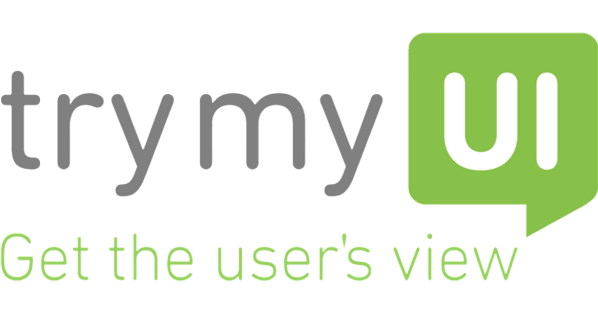
Trymyui logo
#7 Trymyui
This is a great tool for usability testing in real-time. It takes no more than 2 seconds to set the most complicated test.
Also, it is possible to analyze tasks, divide issues into blocks for a different group of connected users. During software testing, the client gets feedback all the time.
In particular, this refers to comprehensive analytic data about users’ opinions on the web product and the ways of improving the given functionality.
Other features of the product are:
- Screenshot testing;
- Demographic results;
- Capability to conduct a written survey of some group of people;
- Video screen captures.
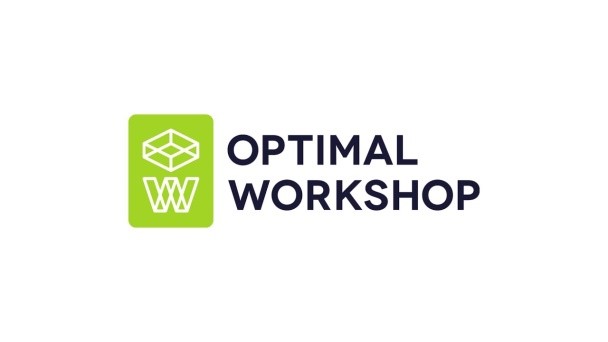
OptimalWorkshop logo
#8 OptimalWorkshop
This platform has 3 main tools with a free tariff plan.
Its key peculiarities are:
- Optimal grouping of the test results according to users’ preferences;
- Heatmap of user clicks;
- Test record.

IntuitionHQ logo
#9 IntuitionHQ
This tool shows the way how potential visitors will use the functionality of the web page. Tests allow analyzing the functionality, finding the ways for its improving, and changing future software developments.
Free tariff plan offers the following:
- Up to 10 hours of testing performed by 350 respondents;
- Capability to make personalized questions;
- Monitoring the heatmap of the user actions on the site.

UserPlus logo
#10 UserPlus
UserPlus is a free product that is available in the alpha version. The platform has great tips and methods to perform usability testing.
Its features are:
- Taking a screenshot;
- Making tags for quick navigation on the website pages;
- Making tasks and getting their evaluation after users complete them.
Besides, with UserPlus Advisor it is possible to find the most significant obstacles that can harm the increased popularity of the site.
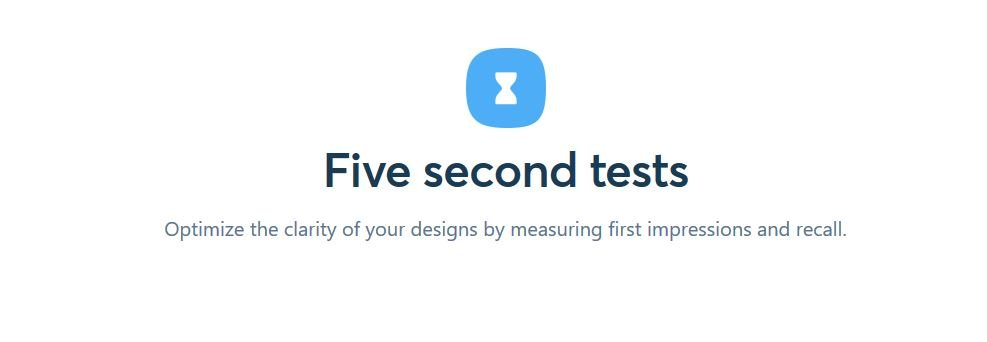
Five Second test logo
#11 Five Second test
With this platform, you can evaluate the usability of some sites, as well as integrate your own tests for other respondents.
First of all, the portal is aimed to let the user evaluate the relevance of software functionality.
There are several ways to execute testing:
- Memory test. Here, users have 5 seconds to look at the construction, and then they have to give feedback about some components of this structure.
- Preference. Here, users have to click on a particular element that attracts attention the most.

Feng-GUI logo
#12 Feng-GUI
This platform for usability testing has a free demo version that allows you to test one image at regular intervals.
The peculiarities include:
- Imitation of users’ actions;
- A map that shows what areas of the pages attract much user attention.
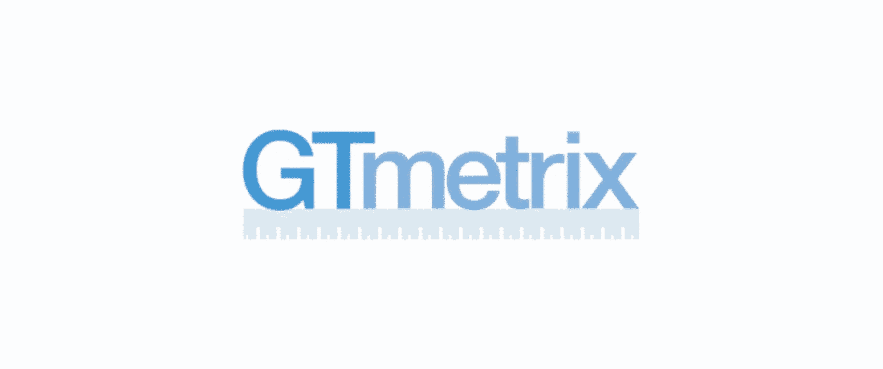
GTMetrix logo
#13 GTMetrix
The platform allows performing a comprehensive analysis of the speed of website performance and seeing which parts are the most attractive. Also, one can have a detailed analysis of the methods of improving the functionality and user conversion.
Its other features are:
- Page loading speed;
- Total page weight;
- A total number of site sessions.
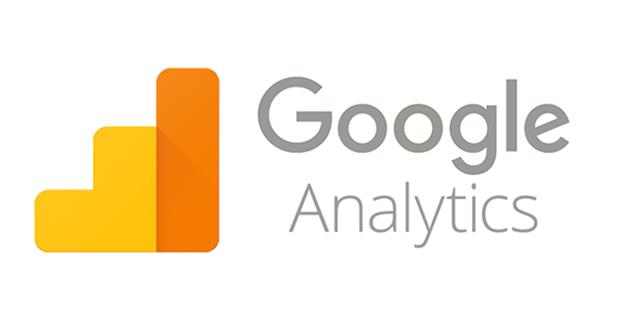
Google Analytics logo
#14 Google Analytics
Nowadays, every site should use the functionality of the Google corporation in order to make a website simple and user-friendly.
A huge platform by Goggle developers allows exploring a website heatmap and finding ways to increase the number of website visitors (who will give feedback about consumer satisfaction from the website performance).
Other peculiarities of this tool are:
- Analysis of conversion;
- Suggestions for the development of an effective wireframe with further content filling.

Mouseflow logo
#15 Mouseflow
This tool is available with a free version. With its functionality, you may watch detailed heatmaps and statistics of the scrolling.
Heatmaps are overlays on the top of the site where you can see which parts of the page attract much attention.

Qualaroo logo
#16 Qualaroo
It is an original online platform with the capability to integrate with a site under a test.
The peculiarities of the service are:
- Analysis of user actions on the site;
- Generation of short questions for the group of respondents;
- Unloading topical reports in the popular test formats.
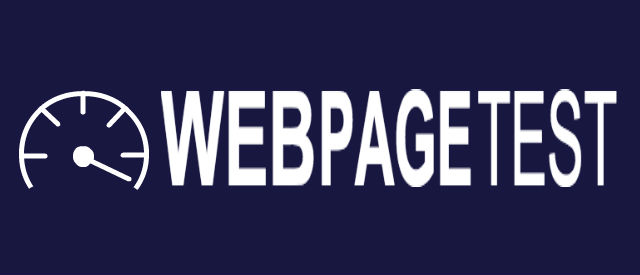
WebPageTest logo
#17 WebPageTest
This is another modern open-source tool for optimization. It was developed by Google & AOL for website performance testing. The tool can also compare the pages for getting a comprehensive analysis of the potential conversion.
With this product you can test the following:
- Speed of website performance;
- Page loading rate and ways to reduce it;
- Analytical tips on how to change the functional architecture of the website.
In conclusion
In this article, we provided the relevant list of 17 best online tools for usability testing. Each of these products has a meaningful functionality for conducting effective tests. Moreover, most of them are free. Nevertheless, the final choice is yours.

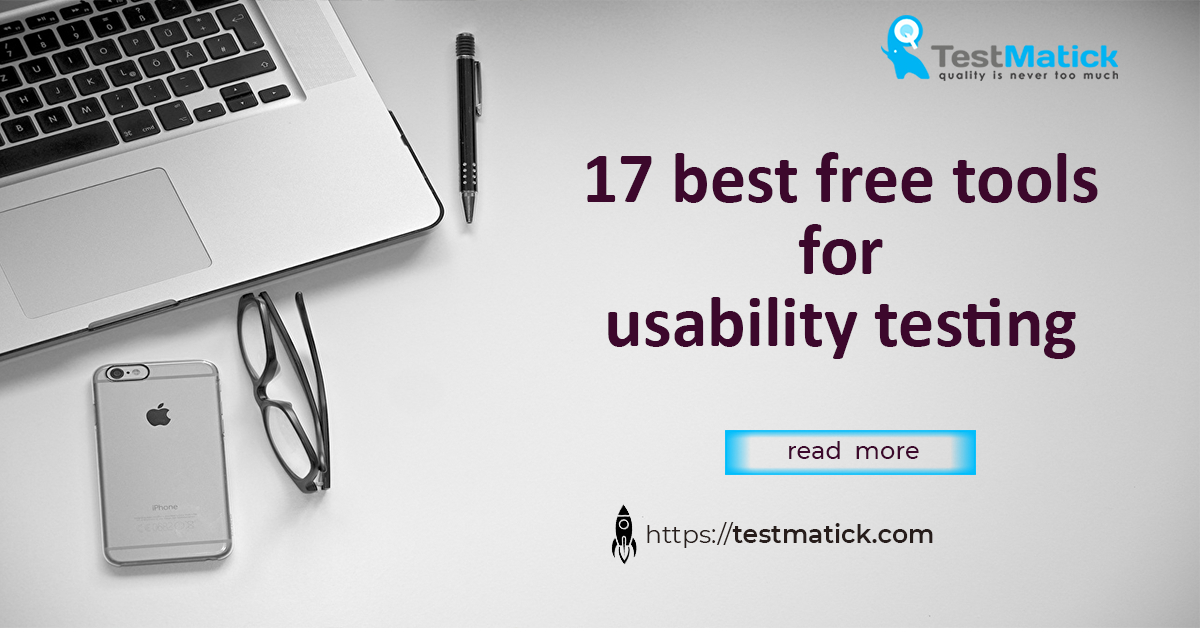








Leave A Comment